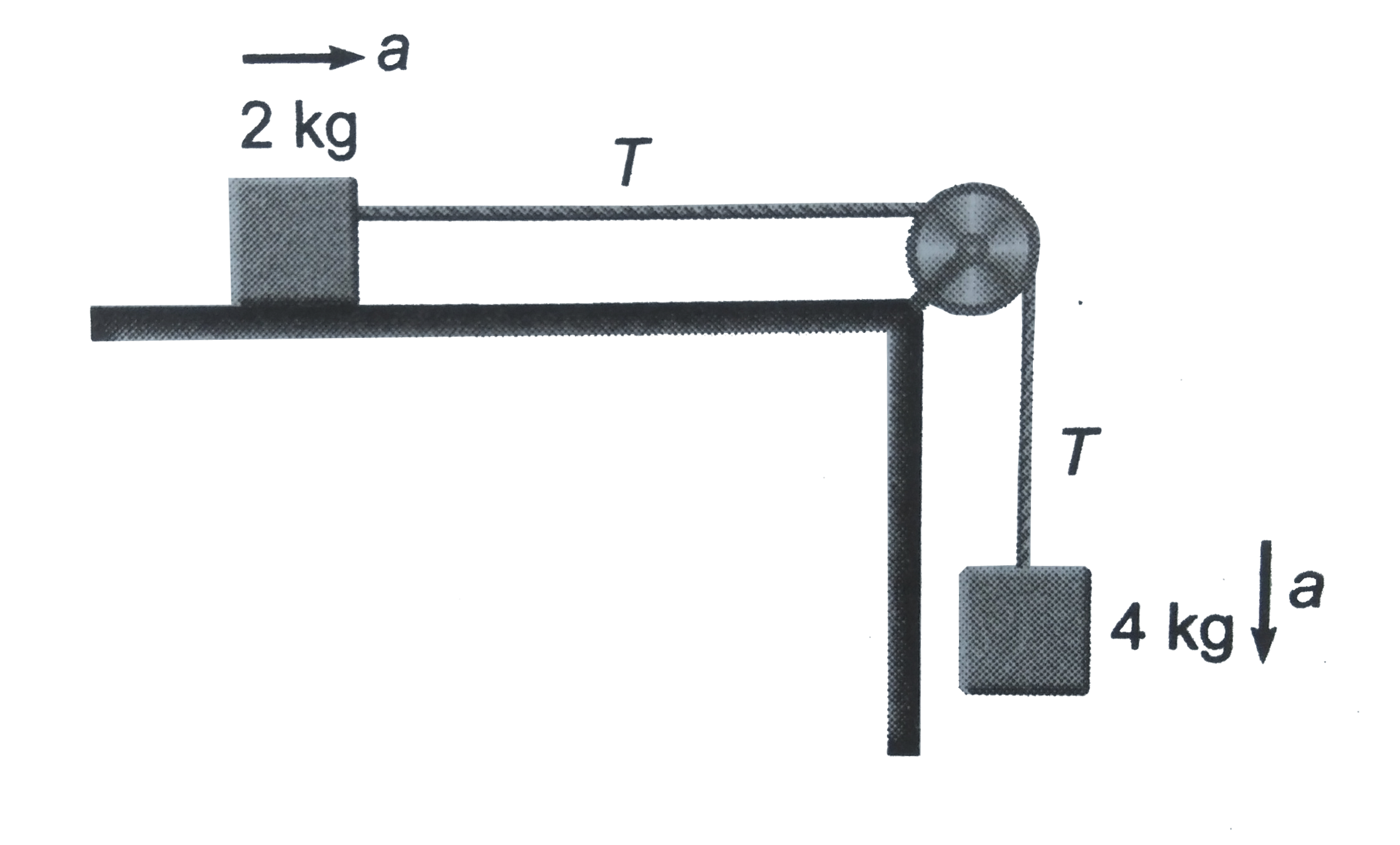In the system shown in figure, all surfaces are smooth, pulley and strings are massless. Mass of both A and B are equal. The system is released from rest.

(a) Find the →aA.→aB immediately after the system is released. →aAand→aB are accelerations of block A and B respectively.
(b) Find →aA immediately after the system is released.
The correct Answer is:→aA.VecaB=0 immediately after release
(b) →aA=g2(←)
Step by step video, text & image solution for In the system shown in figure, all surfaces are smooth, pulley and strings are massless. Mass of both A and B are equal. The system is released from rest. (a) Find the veca_(A). veca_(B) immediately after the system is released. veca_(A) "and" veca_(B) are accelerations of block A and B respectively. (b) Find veca_(A) immediately after the system is released. by Physics experts to help you in doubts & scoring excellent marks in Class 11 exams.
Updated on:21/07/2023Topper's Solved these Questions
Similar Questions
Knowledge Check
In the following figure all surfaces are smooth. The system is released from rest , then :
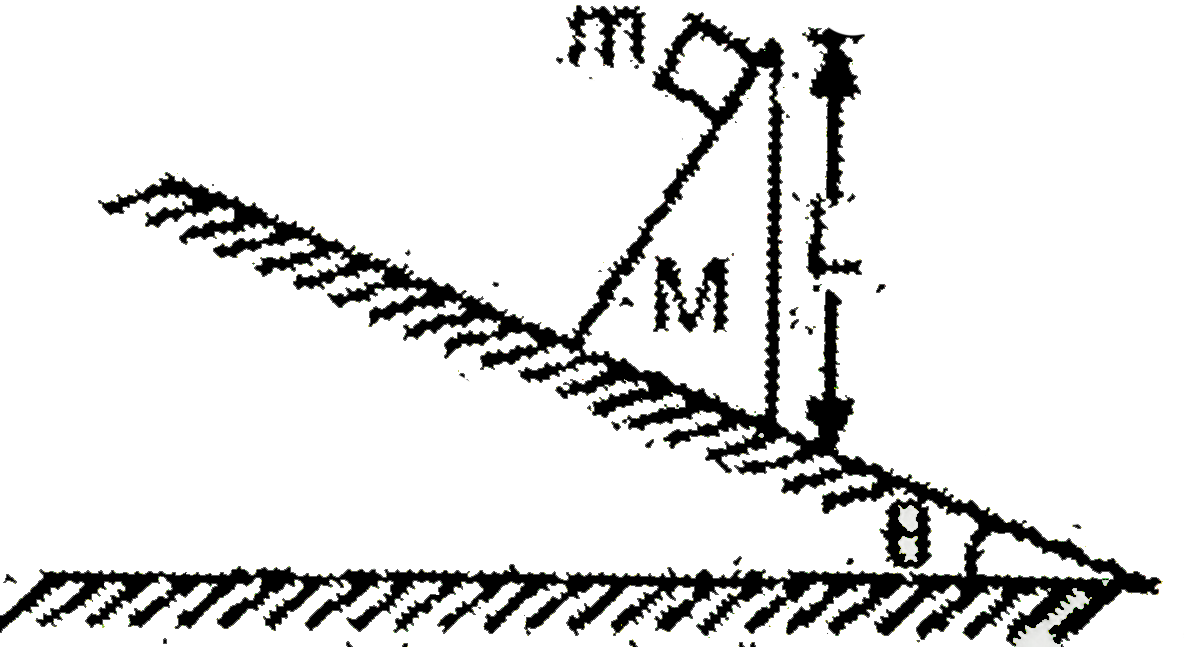 Aacceleration of wedge is greater then gtanθBacceleration of m is g√1+2cos2θCacceleration of m is gDacceleration of wedge is gsinθ
Aacceleration of wedge is greater then gtanθBacceleration of m is g√1+2cos2θCacceleration of m is gDacceleration of wedge is gsinθIn the system shown all the surfaces are frictionless while pulley and string are massless. The mass of block A is 2m and that of block B is m. The acceleration of block B immediately after system is released from rest is
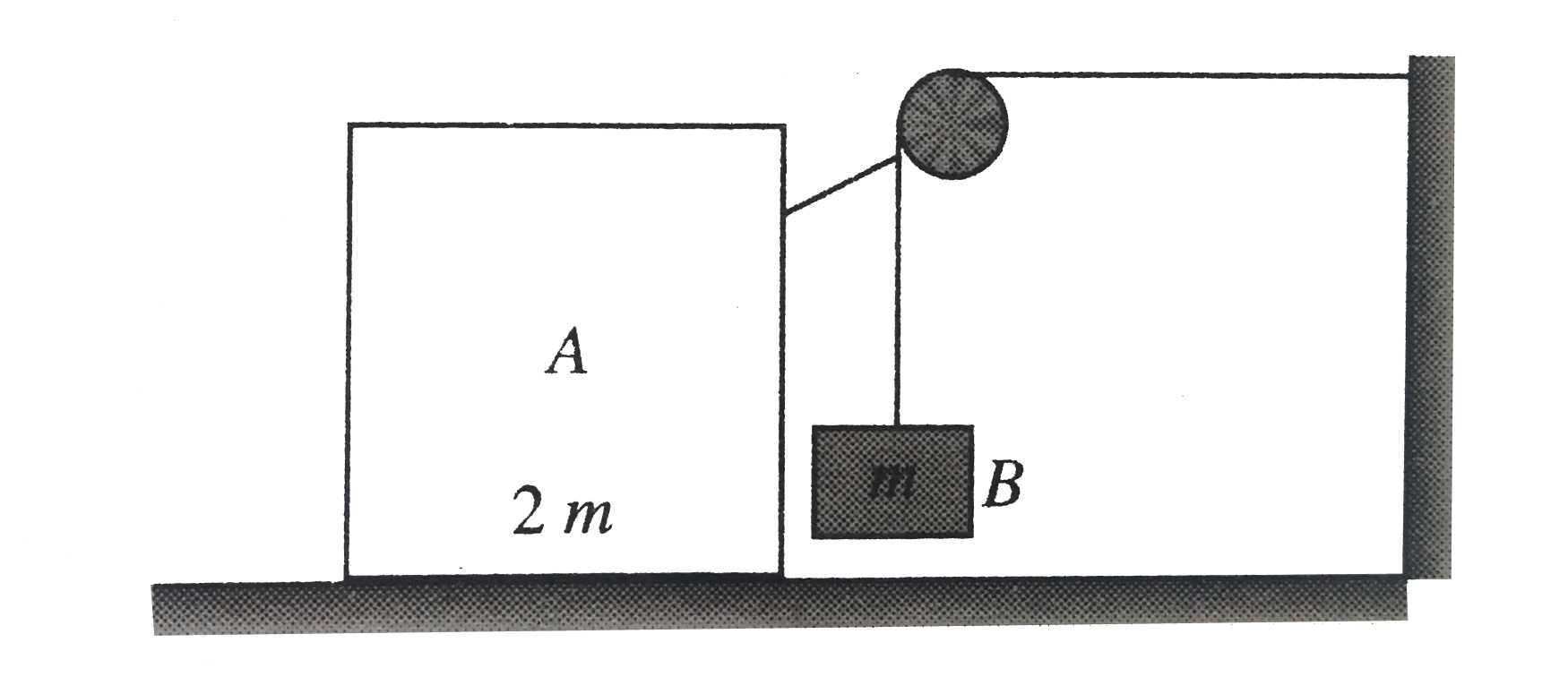 Ag/2BgCg/3DNone of these
Ag/2BgCg/3DNone of these
In the system shown in the diagram all surfaces are smooth, pulley and strings are ideal. If −→aA and −→aB are the accelerations of the two blocks, then just after the system is released from rest, then choose correct statement(s) :
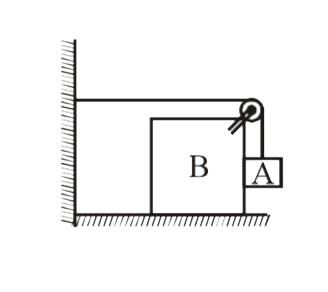
View SolutionIn the system shown in figure, the block A is released from rest. Find
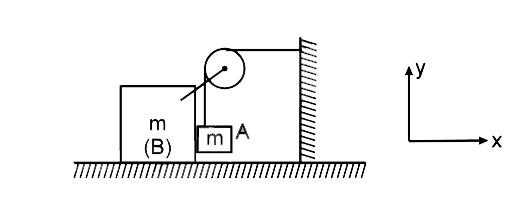
the acceleration of both blocks ‘A’ and ‘B’.
View SolutionIn the system shown in the given figure, the inline is frictionless, the string is massless, and inextensible pulley is light and frictionless. The system is released from rest.
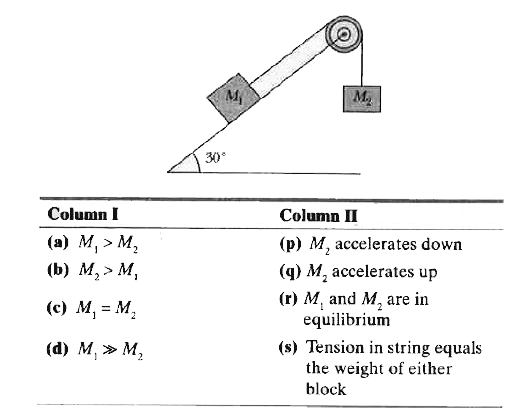
View SolutionIn the system shown in the figure all surfaces are smooth, pulley and string are massless. The string between the two pulleys and between pulley and block of mass 5 m is parallel to the incline surface of the block of mass 4 m. The system is released from rest. Find the acceleration of the block of mass 4 m . [tan37∘=34]
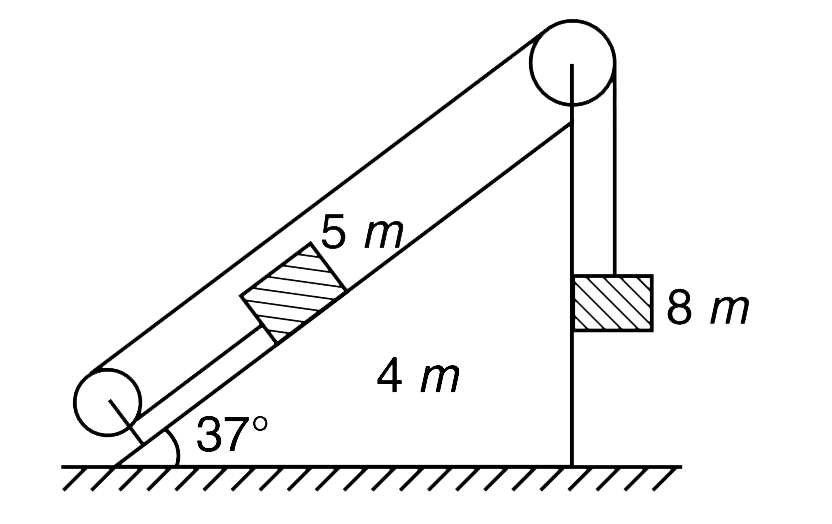
View SolutionA horizontal force F=2N is applied on the system shown in the figure.All surfaces are smooth.All pulleys and string are ideal.Mass of A and B each is 1 kg.What is the acceleration of B with respect to A
View SolutionIn the system shown in figure, the block A is released from rest. Find

Tension in the string.
View Solution

